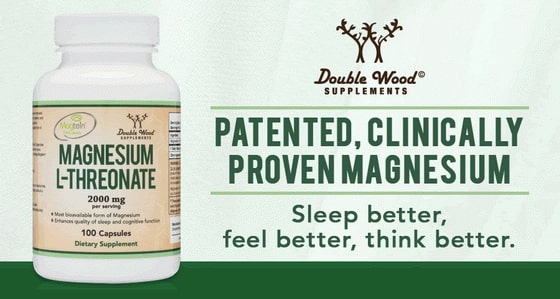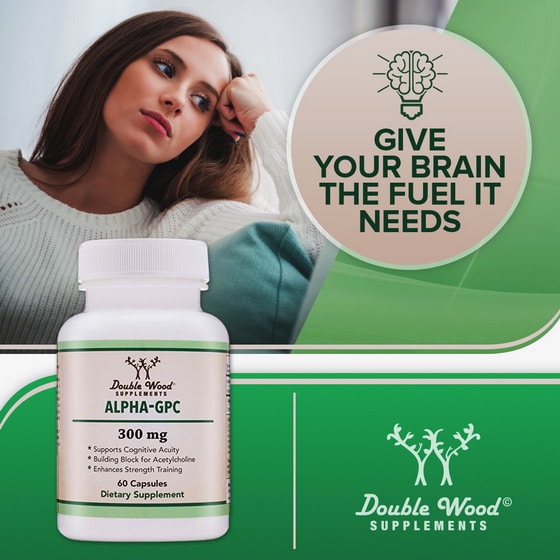Potatoes Versus Pumpkin — Calories, Fiber, Vitamins, Minerals and Antioxidants
 Many people only eat pumpkin at Thanksgiving in sugary pumpkin pies. What a waste.
Many people only eat pumpkin at Thanksgiving in sugary pumpkin pies. What a waste.
Pumpkins and winter squash are some of the healthiest of all vegetables and rich in antioxidants, vitamins, minerals and dietary fiber.
Not only do they taste great, pumpkins are low in calories yet surprisingly filling.
Here’s why it’s worth replacing fattening potatoes with healthier pumpkin on your dinner plate. Your body will thank you for it.
High in Antioxidants
Pumpkins are full to bursting with antioxidant carotenoids for protecting your body’s cells from free radical damage.
Most people have heard of beta-carotene and their rich orange color is a clue that pumpkins have good quantities of it. They are also one of the best sources of alpha-carotene and beta-cryptoxanthin, considered even more powerful antioxidants.
 Magnesium L Threonate (Magtein) | Highly Bioavailable Form for Healthy Sleep Habits and Improved Cognitive Function + Memory | 2,000 mg, 100 Capsules, Best Value
Magnesium L Threonate (Magtein) | Highly Bioavailable Form for Healthy Sleep Habits and Improved Cognitive Function + Memory | 2,000 mg, 100 Capsules, Best Value
Research in this study showed alpha-carotene performed better than beta-carotene at inhibiting the proliferation of cells in cultures.
Beta-cryptoxanthin hasn’t been studied as much as beta-carotene or alpha carotene, though research suggests a good regular intake may lower your chance of developing arthritis.
The eye antioxidants lutein and zeaxanthin are also found in fresh pumpkin and winter squash. The macular area of your eyes are where these pair of carotenoids are concentrated.
At good levels they can protect your vision from damaging UV and high-intensity blue light. However, when dietary intake of lutein and zeaxanthin is consistently low, side effects can include eyestrain and deteriorating vision.
Getting plenty of these two carotenoids in your diet can reduce your risk of developing both cataracts and age-related macular degeneration (which is the primary cause of blindness in America).
If you don’t eat enough lutein and zeaxanthin rich foods like pumpkin then a high potency formula like this is recommended to keep your eyes healthy and reduce eyestrain.
Potatoes are not considered a good source of carotenoids or other antioxidants. Look to get more colorful vegetables onto your dinner plate to increase your antioxidant intake.
Pumpkin Nutritional Properties Versus Potatoes
Vitamins
Most health resources list pumpkins as high in vitamin A. I think a better description would be potential vitamin A.
The carotenoids they contain can convert to vitamin A if you are low in it. Why shortchange yourself on these beneficial antioxidants though by not getting enough vitamin A in your diet?
Fresh liver is rich in vitamin A, but if like me you’re not a fan, then lemon flavored cod liver oil is a great source. Not just for vitamin A either but also immunity boosting vitamin D and the important omega-3s EPA and DHA.
Pumpkin also has B vitamins like riboflavin, niacin, pantothenic acid, pyridoxine and folate. Along with good levels of vitamin C, some vitamin E and the often difficult to get vitamin K.
Potatoes, by comparison, only have useful levels of B vitamins if you eat them with the skin on. As well as vitamin C if they are steamed, rather than boiled or fried which destroys this heat sensitive nutrient.
Minerals
In mineral nutrition pumpkins have potassium, calcium, magnesium, phosphorus and zinc. They are also a good source of iron and copper for healthy hair.
Potatoes have reasonable levels of potassium, manganese, magnesium and copper when steamed, the healthiest way to eat them.
Like all vegetables, the mineral content in your pumpkins  or potatoes will vary depending on the soils they are grown in. This alone, aside from any concerns about pesticides, is a good reason to get them organic if you can find them.
or potatoes will vary depending on the soils they are grown in. This alone, aside from any concerns about pesticides, is a good reason to get them organic if you can find them.
Organic produce is usually grown in less intensely farmed and depleted soils which leads to more mineral rich veggies on your dinner plate.
The concentrated nutrition in raw pumpkin seeds is an even better source of minerals and it’s worth a quick read about just how healthy this superfood snack is.
Fiber
Pumpkins and winter squash are an excellent source of dietary fiber to help out your hard-working digestive system.
They are great for relieving constipation and eating a lunch or dinner with lots of pumpkin in it will be a much healthier option than harsh laxatives.
Potatoes in their skin on are also a good source of fiber. Unfortunately, being the most commonly processed of all vegetables, they are rarely eaten in their natural state these days.
Calories
100 grams of white potatoes have 93 calories according to nutritional databases. More importantly, this study found potato product consumption to be one of the highest markers for weight gain and obesity.
There’s a misconception that pumpkins are fattening but despite their rich taste they are a low calorie food with 100 grams having only 20 calories.
Even with such a low calories this vegetable is surprisingly filling, making it a great addition to the diet of anyone wanting to lose weight.
Pumpkin or Potato: The Verdict
Pumpkins are a more nutritious food than potatoes in just about every way and they make a great replacement for boiled, roasted or mashed potatoes on your dinner plate.
While eating too many potatoes can be fattening, regularly enjoying meals with pumpkin can help you lose weight and improve your overall health and well-being. It’s a simple change but a valuable one.
Next is a look at Cooking Pumpkin for Maximum Nutrition and a healthier way to prepare them for most recipes.
 Tired All the Time and Low on Energy? | Alpha GPC Supports Cognitive Function, Memory, Motivation, Stamina and Strength | USA Made, Third-Party Tested. Lowest Price
Tired All the Time and Low on Energy? | Alpha GPC Supports Cognitive Function, Memory, Motivation, Stamina and Strength | USA Made, Third-Party Tested. Lowest Price
As an Amazon Associate I may earn from qualifying purchases at no cost to the consumer | Information presented here is for educational purposes only. The content is not intended to be a substitute for professional advice. Statements made have not been evaluated by the FDA and are not intended to diagnose, cure, treat or prevent any condition. Consult your GP before making dietary changes or taking supplements.




